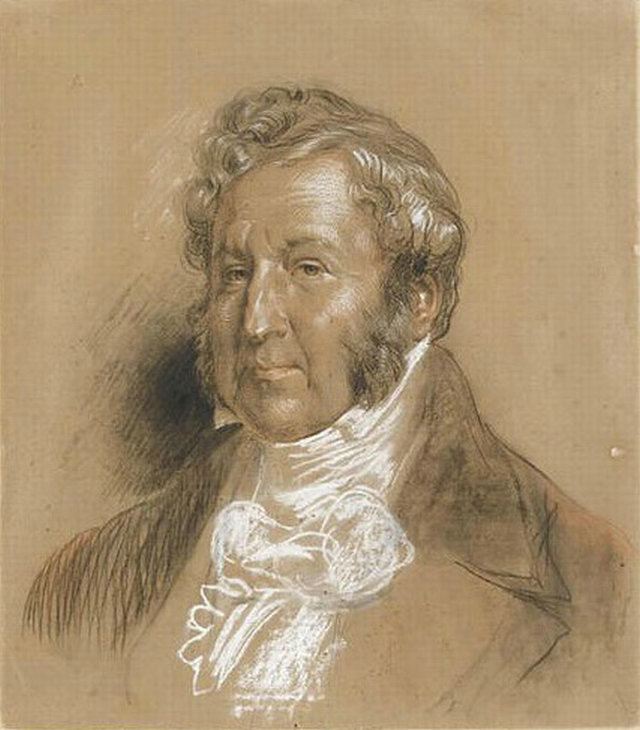Trois crayons refers to a drawing technique using three colors of chalk: red (sanguine), black, and white. The paper used may be a mid-tone such as grey, blue, or tan.
The drawing technique with three pencils uses three pencils on paper: black chalk, blood, and white chalk. The paper used is of average value (gray, blue or brown). The black stone gives the main lines of the drawing, the shades and the cold tones, the sanguine gives the warm tones and the white chalk serves for the highlights.
This technique was prized in the eighteenth century by artists like François Boucher, or Antoine Watteau. The two-pencil technique uses only two pencils, usually black chalk and white chalk. Black stone is used for shadows and white chalk for lights.
In the eighteenth century, the craze for drawing, and especially the drawing with three pencils lead the engravers to innovate by inventing techniques able to mimic the effect of black chalk, blood and white chalk. Thus Demarteau perfects the technique in the manner of pencil, followed by his pupil Bonnet who develops a white ink perfectly imitating chalk and improves the technique from the pencil way to the pastel way. Continuing the same goals of imitating drawing by engraving, Jean-Charles François imagines a technique of soft varnish, with more relative success.
Among numerous others, François Boucher and the French painter Antoine Watteau drew studies of figures and drapery aux trois crayons. The technique was, most notably, pioneered and popularised by the Flemish master Peter Paul Rubens.
Aux deux crayons uses only two colors, frequently black and white, as seen in many of Pierre-Paul Prud’hon’s drawings.
